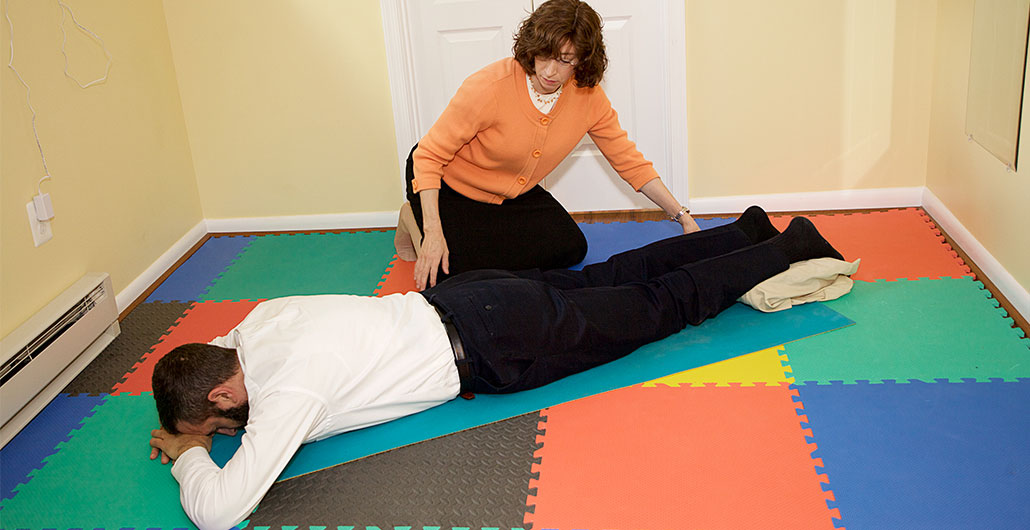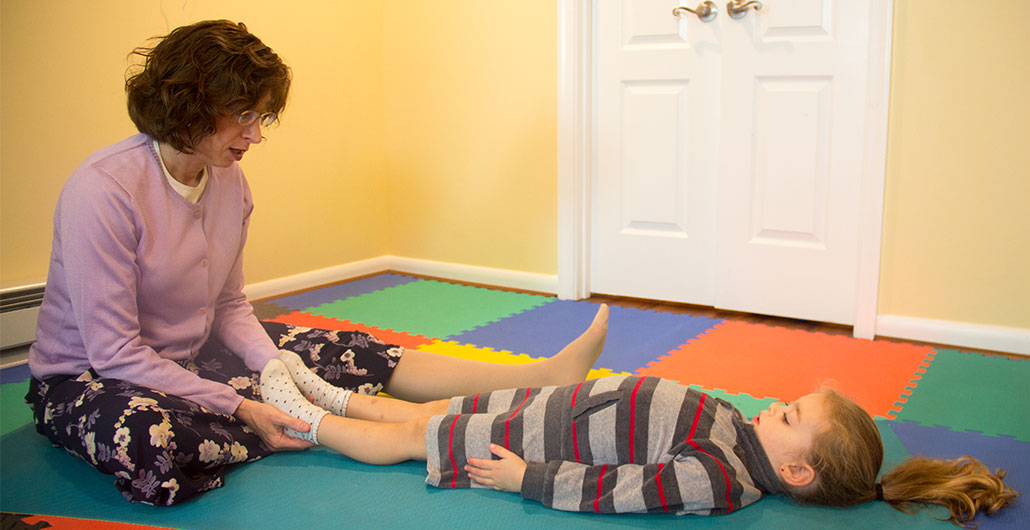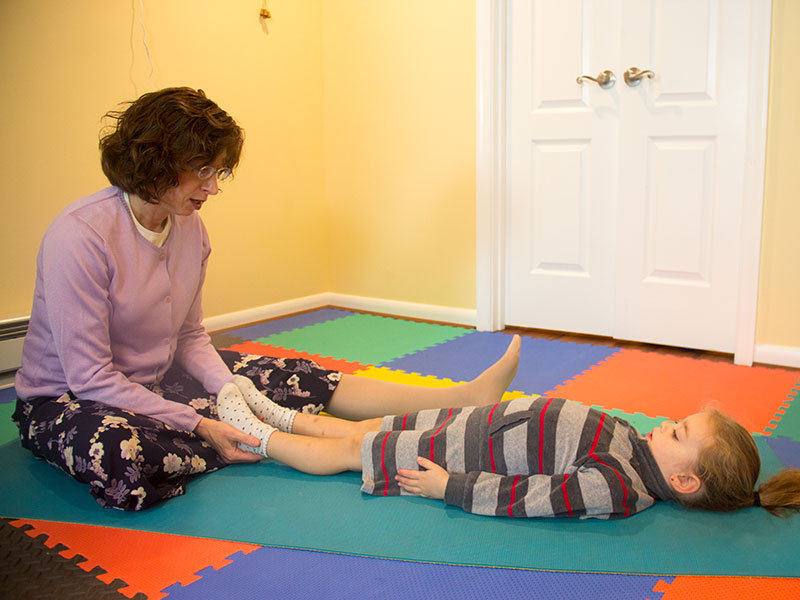Resources/FAQs/Contact
Resources
How to Work Smarter, Not Harder
Why Movement Therapies Help" podcast interview of Adeena Pelberg with Tara Hunkin, founder, My Child Will Thrive, A Path to Recovery from Neurodevelopmental Disorders.
My Child Will Thrive Facebook Live Summit featuring Adeena Pelberg, holistic neuroeducator (Replay)
Baby Liv, The Next 25 Years by the Feldenkrais Foundation Time lapsed video of clips of a baby's first year of movement captures the neurodevelopmental foundation of rolling, rocking, and crawling as development progresses.
TED Talk: The Real Reason for Brains by Daniel Wolpert. The first 5 minutes is the essence of this TED talk
Get Ready for School by Robyn Cox: This 15-minute video demonstrates the importance of a child mastering fundamental physical developmental milestones as a marker of learning readiness for academic instruction and success in school."
Born to Move by Kathleen Porter: This short video demonstrates the connection between the fundamental skeletal collapse seen in many children and the growing health problems today. The video suggests this is a result of insufficient opportunities in infancy to develop spinal and structural integrity in our children
ABOUT THE
MASGUTOVA METHOD®
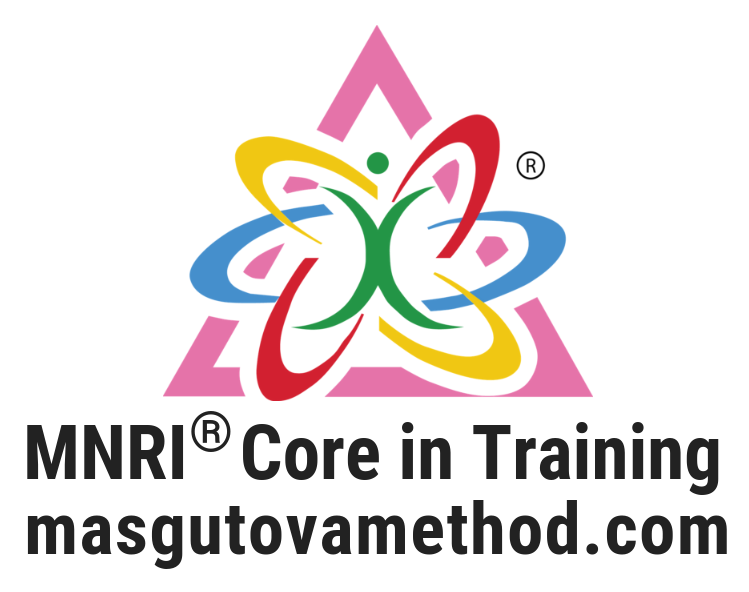
One of the primary tools used, the Masgutova Neuro-Sensory-Motor Reflex Integration Method® (MNRI®) is a comprehensive set of science-based programs targeting the resilience of the neurological systems, using non-invasive touch-based techniques. MNRI® lays the neurological building blocks for a solid foundation of successful learning. The MNRI Method® effectively addresses
Through MNRI’s® primary infant reflex integration* and accompanying protocols, the body and sensory systems become more regulated. Brain function becomes more organized, building new, efficient pathways in executive functions leading to academic improvement and increased functional outcomes.
Scientific Articles about MNRI® in Peer-Reviewed Journals: Click here to read
*Reflex integration provides the opportunity for positive internal shifts and changes in relationship dynamics, as we form a strong, structural basis for moving and learning. Integrated reflexes positively anchor structural, emotional, and developmental skills. Integrated reflexes also improve behavioral regulation, focus and concentration, muscle tone, motor coordination and cognitive pathways for learning.
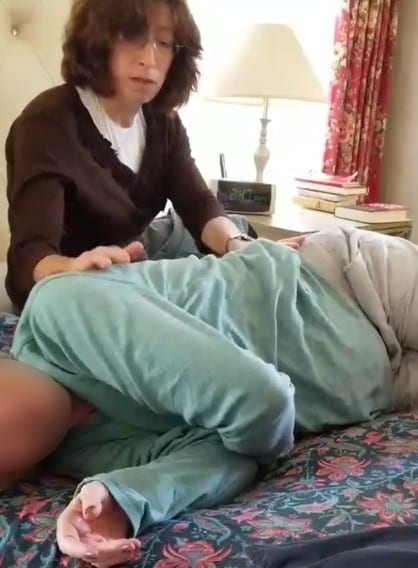
ABOUT RHYTHMIC MOVEMENT TRAINING
Rhythmic Movement Training international (RMTi) is based on the work of Kerstin Linde, a Swedish movement training specialist, who developed movements based on replicating the movements that infants naturally make. RMTi movements integrate primary infant reflexes* into the body’s whole movement system so that learning, communication, behavior, emotional and general well-being become accessible. RMTi explores techniques to assess and integrate primary motor reflex patterns using brain-building developmental movements for help with concerns related to
The Movements are easy to learn and parents and children alike find that they are calming and straightforward to use at home. They are fun, yet powerful tools that strongly influence the central nervous system. This promotion of easy learning and whole brain-body development has been effective with people all over the world.
*Reflex integration provides the opportunity for positive internal shifts and changes in relationship dynamics, as we form a strong, structural basis for moving and learning. Integrated reflexes positively anchor structural, emotional, and developmental skills. Integrated reflexes also improve behavioral regulation, focus and concentration, muscle tone, motor coordination and cognitive pathways for learning.
FAQs
This is a very common question and difficult to answer since everyone is different with their own unique neurological profile, life circumstances, and set of challenges that may require resetting goals into smaller goals. Additionally, the severity of symptoms varies from person to person as well as factors I cannot control, such as how effectively you carry out the home program I create for you.
Sessions are booked by the hour, are three times a week initially, and can taper to twice a week depending on the goal set.
The body-brain system needs consistent input in order to feel 'safe', so it can relax, and positive change and learning can occur. Without consistent follow through, change will not happen and certainly will not generalize to all settings and conditions. The key is regularity and frequency, like anything you want to learn and master.
I nurture possibilities into real time opportunities for positive change through intensive intervention.
Noticing progress depends on level of awareness of both the client and the parent/spouse/caregiver, as well as their ability to note and report shifts. Any shift or change, regardless of how subtle, is important. I see changes as I’m working with my client. I point out the shifts that are occurring to increase awareness and appreciation of the dynamics and resilience of the brain, body, sensory, and nervous systems.
As the wife of a traumatic brain injury survivor for the past 22 years, I have the understanding as well as the practical application of neuroplasticity, the natural resilience and malleability of the human brain. My three decades of experience as an educator has fueled my hunger to help people achieve true independence in life. I love being a part of that experience and never tire of watching ‘AHA’ moments happen and joy fill someone’s face!
My experiences have led me to cutting edge, intense advanced trainings that most traditional therapists don’t pursue. I have the ability to strategically weave together sensory integration and reflex integration seamlessly with executive function and academic intervention. Symptoms may appear to be disparate, but I will show you the common thread that runs through multiple presenting challenges that can resolve when the root cause of the issues is addressed.
I do not fragment a client as is typical in a clinical setting. I treat the whole person in the interactive framework of his or her life, seeking to ensure that the changes that occur during sessions generalize to all settings and conditions, demonstrating that true mastery of learning has occurred.
I tend to attract the clients that no one else has been able to help.
By the time parents come to me, they feel they’ve been through so much therapy and know all there is to know.
However, I see what other practitioners and therapists miss – The child with all his potential.
The child without the diagnosis.
And I help each parent and child see past the pain, the diagnosis, and the debilitation.
And I show parents how to make practical, positive shifts in their child’s life, and feel… hope!
You need to be present or you won’t believe how much change is possible! Shifting your expectations of what your child is capable of as he develops and matures is crucial. And it is essential for you to shift and pivot along with your child, supporting both the changes in your child and the changes required of you, and in your relationship with your child, as your child attains new levels of awareness and independence.
Yes. If you would like more detailed analysis, please look on the resources page to find published studies on the efficacy of primitive reflex integration.
No, HES’ intervention is an out of pocket investment.
Yes. Many clients are pursuing dietary, nutritional, and lifestyle support at the same time as Holistic Educational Solutions intervention. If your particular situation calls for it, I can provide specific recommendations for Certified Nutrition Consultants, Nutritional Therapy Practitioners, Certified GAPS Practitioners, Restorative Wellness Practitioners, and Holistic Pharmacists to help you support and optimize the changes experienced during sessions and from the home program I create for you.
Executive function is the broad term used to refer to thinking and independent decision making, drawing on multiple cognitive skills, to efficiently achieve an established goal. Examples of executive skills are: Initiative, flexibility, attention, organization, planning working memory, self-awareness, and emotional regulation.
These skills are the collective cognitive functions within the brain that coordinate incoming and outgoing emotional, sensory, and motor information. Brain circuits that cannot effectively process and direct incoming and outgoing stimuli from different, specialized areas of the brain are either cognitively overloaded or under-stimulated. Both situations reflect the brain’s inability to function optimally and result in impaired performance and action capabilities.
I use a dual approach: primitive reflex integration plus the New Heights-Lindamood® Visual Conceptual Executive Function Program. Primitive reflexes form the foundation of strong cognitive skills including executive functions, so building the brain from the bottom up through primitive reflex integration is key. Using the New Height-Lindamood® Visual Conceptual Executive Function Program, I directly stimulate expressive and receptive language and visualization, which are cornerstones of strong executive function thinking skills.
I directly stimulate expressive/receptive language and visualization skills while developing each client’s sense of proprioception – the sense of where we are in space relative to ourselves, others, and the environment. This supports the development of inner self-talk, self-assessment, and curiosity, which contribute heavily to the regulation of thinking and behavior. Critical thinking skills are necessary for independent learning and growth academically, in relationship dynamics, as well as across all of life’s domains.
Childhood is a time for building skills necessary in life.
We do not serve the child by thinking for the child because the reality is, down the road, no one will think for the child in relationships or at work.
Children with executive function weakness do not need someone to think for them – they need someone to empower them.
A disorganized brain is a sign of a disorganized body that needs strategic help to develop and mature. I strategically target the disorganization in the body and the brain so the child learns how to feel, think and strategize for himself for the rest of his life.
Conventional therapy focuses on creating tolerance for offending stimuli in sensory avoiders, which creates an armoring of the nervous system. In cases of hyposensitivity (sensory seekers) traditional therapy seeks to satisfy the nervous system’s need for input, but the results are only temporary.
I use the Masgutova Method’s (MNRI) Neurotactile protocol and Rhythmic Movement Training (RMT). The Neurotactile protocol addresses developmental tactile perception, stimulating 11 different skin receptors from which our perception of our relationship with the world forms. The result is actual regulation of the tactile sensory system that lasts.
The RMT exercises give a lot of input to the tactile sensory system and can be customized for each individual’s needs while being fun and easy to learn!
Here is a list of some conditions:
- Motor development and sensory-motor integration issues
- Dyspraxia
- Neurodeficits of motor system
- Cerebral Palsy
- Toileting issues
- Post -stroke and TBI functional rehabilitation
- Emotional development and behavior patterns
- Emotional instability
- Poor emotional maturation
- Infantile behavior
- ADHD
- Aggression
- Fears and phobias
- Cognitive development
- ADD
- Dyslexia
- Dyscalculia
- Language development delay
- Speech impairments
- Poor memory
- Normal development
- For prevention of challenges
- Optimizing creativity
- Optimizing the learning process
- Optimizing development
You care about your child/spouse and you want to offer and afford him the opportunities to be successful at anything he’s interested in, now and down the road, without limiting him.
Primitive reflexes are part of our genetic blueprint and form the foundation for mature, independent, living. These primary reflexes trigger our growth and development physically and cognitively. A baby’s movements are subconscious, innate, reflexive movements which promote the growth of brain, body, and sensory-nervous systems. Our early infant learning is very concrete, establishing the reality and boundaries of our body and its systems, our relationship to ourselves, others, and our environment. If we don’t have the basic reflex building blocks, we cannot form subsequent complex patterns of movement, balance, vision, hearing, reasoning, or thinking.
